
Cognition
Cognition
Cognition is an animal’s understandings of the surrounding world.
Learning Objective: Explain how cognition relates to animals understanding the world, including examples of different forms of cognition in different species.
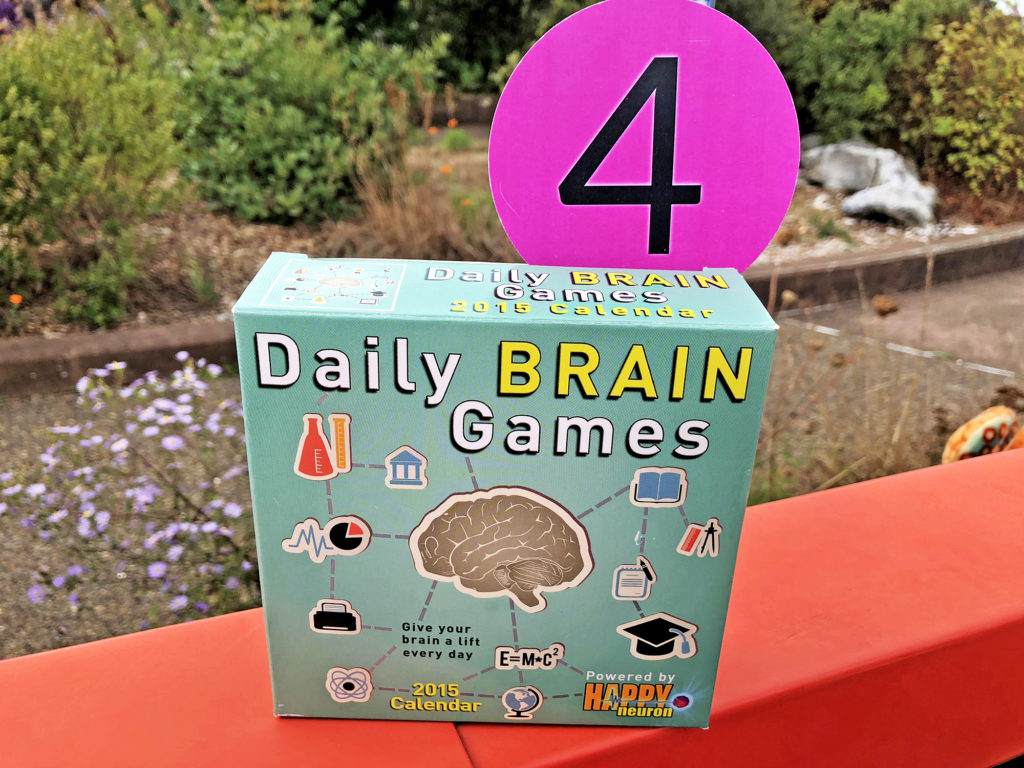
Are humans the most intelligent species on Earth? How do we define and measure intellect? How do we resist anthropomorphizing; assessing how smart animals are based on how similar they are to us?
Let’s start by defining cognition and intelligence.
Watch this video; you can select the closed captioning “cc” option if you would like to see the text.
Many people consider animal cognition and intelligence in their pets.
Parrots are anything but “bird-brained,” some species count, identify objects, and ask for specific items in human language. Watch this parrot keep an eye on Mark.
If curiosity, or desire to know, is an indicator of intelligence, these parakeets (budgies) may be an example.
Watch this video; you can select the closed captioning “cc” option if you would like to see the text.
We’ll use the example of our three cats throughout the course to demonstrate how pets can be used to explore structural and behavioral concepts related to wild and artificially selected species.
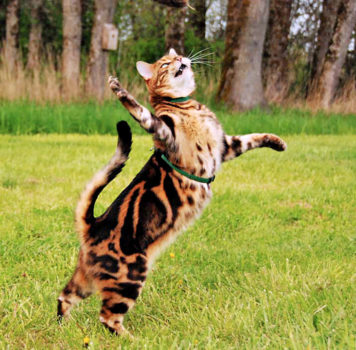
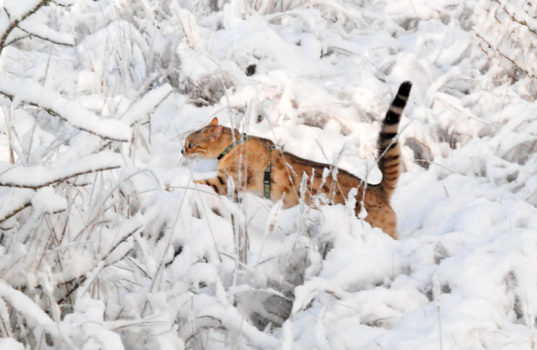
These cats are Bengal Cats, a cross between domesticated cats and threatened Asian Leopard cats. The original cross was believed to be accidental when a domesticated cat entered an animal cage. The cross has been purposely re-created to achieve unique breed characteristics, including an appearance to “wild” cats.
Most Bengal cats in the pet trade are at least five generations removed from the domesticated cat and Asian leopard cat cross. The closer they are to the original cross, the more their behaviors resembles those of the wild cat. The cats we will be showing retain many of the physical traits and behaviors of the Asian Leopard cat.
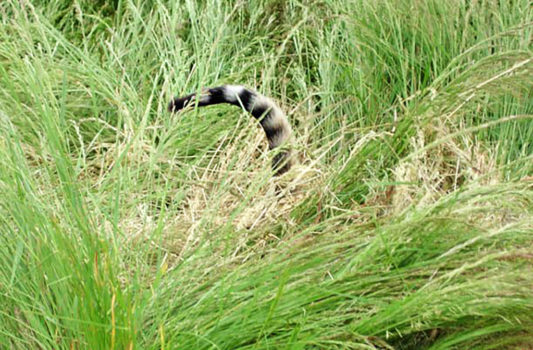
Mark demonstrates a behavior you may be familiar with: pets responding to food noises. Watch the video and consider what evidence you may see of cognition and forms of intelligence.
Questions to consider:
-
What evidence do you have of cognition, that the cats understand aspects of their external or internal world?
-
What forms of intelligence may be demonstrated? Logical (if…..then)? Spatial when sitting down? Musical?
-
How would you design a study that could support or refute your assumptions about the cats’ cognition and forms of intelligence?
We’ll share some of our studies with you in upcoming guides.
Start Your Media Assignment here
This is the first of two media assignments that introduce the animal biology portfolio.
The portfolio has two features:
1. demonstrates your mastery of the nine course outcomes
2. constructed so you may use it beyond this course
In this media assignment you will become more familiar with the nine outcomes.
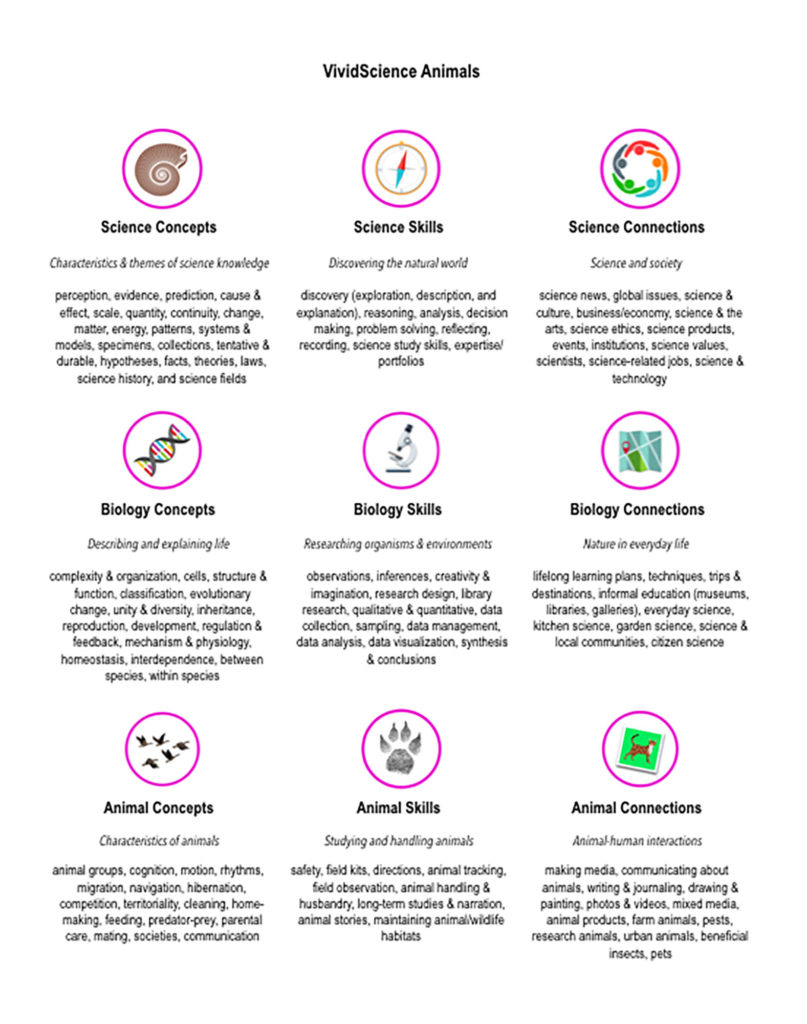
Steps for this media piece assignment:
1. Watch the video below that introduces the nine outcomes.
2. Look over the outcomes, they are listed in more detail at the link provided below.
3. Think of examples of work you can use to demonstrate mastery of the nine outcomes. For the final portfolio due at the end of this course, you will need three examples of your work for each of the nine outcomes (27 total).
4. Select four different outcomes from the list (any four of the nine).
5. Upload to Canvas examples of your work you could use to partially represent mastery of these four outcomes. List the name of the outcome (for example “animal connections”) and the example you could use (like a photo essay on caring for your pet). These examples could be work you have completed in this course, previous courses, or from your other life experiences.
6. To summarize: you are uploading a list of the work you can use to demonstrate partial mastery of four different outcomes. If you already have the work completed (for example, you safety checklist, or photos of pet care), you can start collecting these pieces; there will be assignments of assembling them into the final portfolio in upcoming guides.
Watch this video; you can select the closed captioning “cc” option if you would like to see the text.
Examine the course outcomes in more detail
Most examples of cognition and different forms of intelligence have focused on vertebrates. The next section has an example of an invertebrate group, the octopuses.











